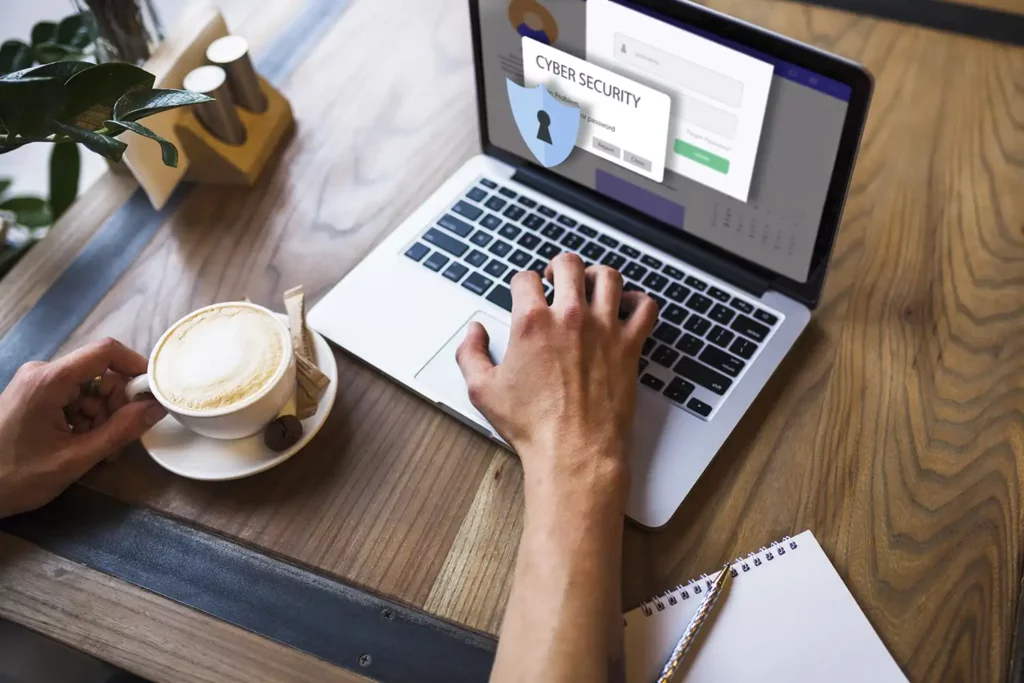As global digital infrastructure grows and more businesses move online, secure connections are no longer optional, they’re essential. With so many websites relying on user interaction, linking to HTTPS from an HTTP page plays a vital role in protecting user privacy and maintaining data integrity. This article explores why HTTPS matters, how to link securely, and the steps you can take to keep your clients protected.
Most businesses and websites today rely on an HTTPS connection. HTTPS or Hyper Text Transfer Protocol Secure, encrypts and secures websites from potential hacking threats. When a user attempts to access a web page using an HTTPS connection, the connection is encrypted, so that only the user and the website can access the data. For obvious reasons, linking to HTTPS pages from an HTTP site is extremely important. Not only does it protect user data, but it also maintains the integrity of the website.
Linking to HTTPs
When linking to HTTPS pages from an HTTP site, it’s important to verify that the destination is truly secure. Just because a link uses “https://” doesn’t guarantee the target page is properly secured. Some sites may have SSL certificates installed but fail to configure them correctly. To keep your users safe, always use verified HTTPS links for any external references.

It is also important to pay attention to the security protocols a website is using. Secure protocols like Transport Layer Security (TLS) are designed to provide data integrity when transferring data over a secure connection. It is important to make sure the website you are linking to is using a secure protocol. This can be verified by checking the URL of the page as HTTPS pages will usually start with https://, while HTTP pages will start with http://.
When linking to HTTPS pages from an HTTP site, it’s also important to remember that any external links should be checked thoroughly before being used. Any external links that are not verified or are not immediately considered secure should be avoided. This is to ensure that any malicious content does not make its way onto the website.
If you are unsure if a website is secure, the best way to find out is to check the domain name. A secure website’s domain name will start with ‘https’ and include a green padlock icon. Furthermore, the green padlock icon and the ‘Secured by’ text should be present; this indicates that the website has an SSL certificate.
Best Practices
Once you have verified that the website is indeed secure, it is important to follow best practices for linking to the pages. This includes:
- Ensuring that any external links lead to an HTTPS page.
- Avoiding any external links that don’t use a secure protocol.
- Checking that all the links on the page to be linked are secure.
- Using an absolute rather than relative URL. An absolute URL will include the protocol, domain and the page within the URL string.
It is also important to make sure all images, videos and other content are linked properly and securely. Any resources loaded from an external domain must use secure protocols to keep the data secure. Furthermore, it is always a good practice to periodically check all the links to make sure they are still using the secure protocol.
Finally, it is important to make sure your clients remain secure when linking to HTTPS pages from an HTTP page. This includes making sure all the external links in the page are verified and using the secure protocol. It is also important to make sure that the page being linked to has a valid SSL certificate by checking the URL string and the green padlock icon.
By following these best practices, you can ensure that your clients have a secure connection and their data is kept safe. In conclusion, it is important to keep in mind that the integrity of the website, as well as the safety of user data, is directly linked to secure protocols. By taking the necessary steps to ensure a secure connection, you can protect your clients and your website from potential threats.

In Summary
Our article about linking to HTTPS pages from an HTTP site outlines important considerations when using secure connections. To summarize:
- The importance of having secure connections.
- Best practices for linking pages from an HTTP site to an HTTPS page.
- Strategies to make sure your clients remain secure.
Important Considerations
- When linking to pages from an HTTP site, it is important to ensure that only secure links are used.
- It is important to take steps to ensure a secure connection, including checking the URL string and using an absolute rather than relative URL.
- Lastly, all external links should be regularly checked to confirm they are using a secure protocol.
Further Reading: Avoid Utilizing UTM Parameters for Internal Links


